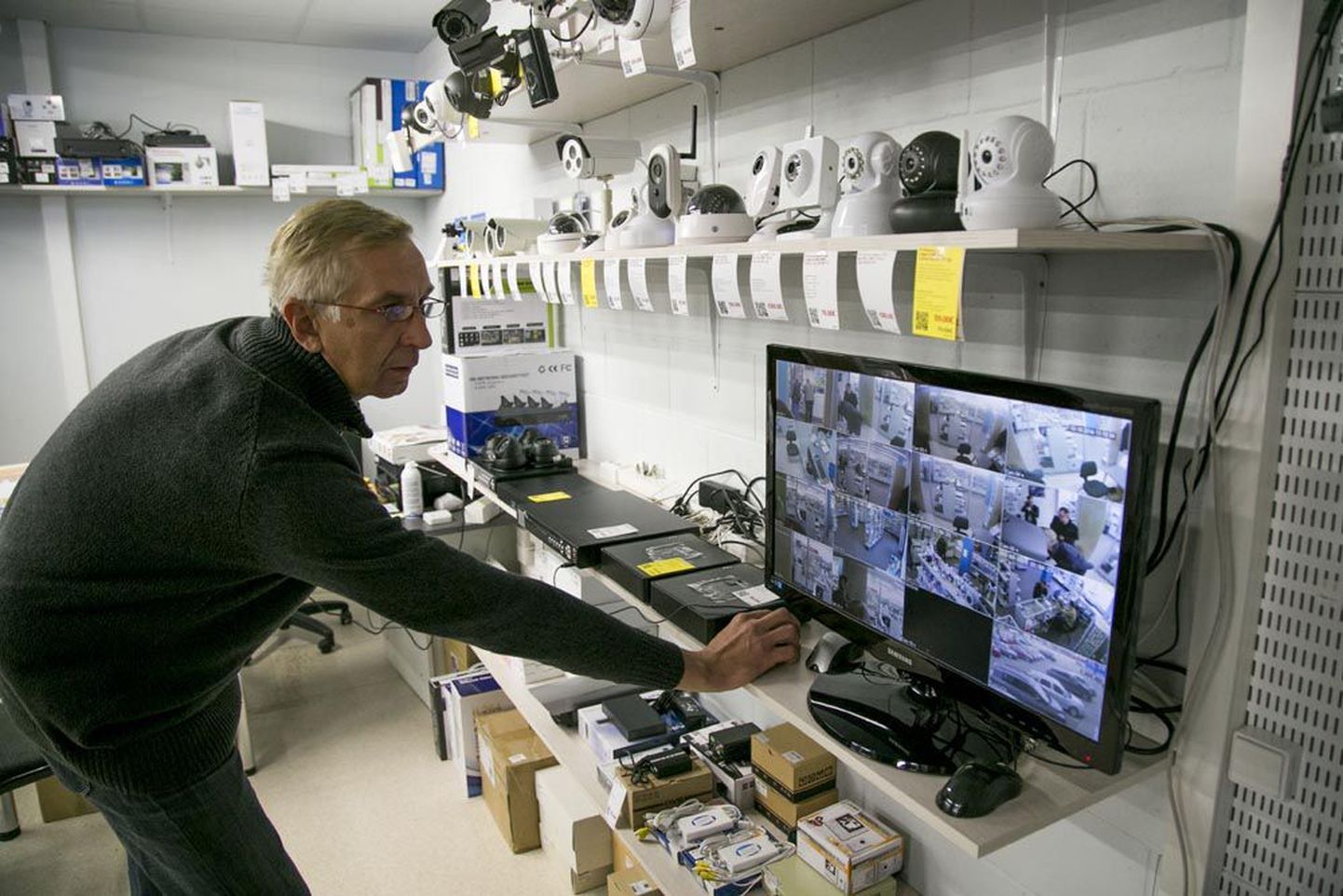
While a week ago images from numerous web cameras were available over the Internet, by now security measures are boosted. Let’s remember, though: people, not IP cameras, are the security risk.

While a week ago images from numerous web cameras were available over the Internet, by now security measures are boosted. Let’s remember, though: people, not IP cameras, are the security risk.
As covered by Postimees last week, IP security cameras – ill used – were security risk in and by themselves. By now, most of them have undergone changes of settings so that third persons can no longer peek in.
As explained by electronics store chain Oomipood security devices project manager Mati Salm, by nature IP-camera is a small computer and as is the habit with computers, carelessness with passwords and user names is the rule. «An IP-camera is plugged into a home or company computer network, like the ordinary computer. It has its specific IP-address and it can be communicated with over the computer network. And advantage with IP-cameras is most places have computer networks already installed – just plug in the camera and it works at once,» said Mr Salm.
According to him, IP-cameras are broadly divided into two. Some will do as the so-called baby-monitors i.e. just keeping an eye on something. The image from these cameras can be viewed over the Internet. Many of these have Wi-Fi compatibility – just create connection between the camera and rooter and that’s all.
The other more serious cameras are also capable of recording the images. For that, these come with separate recorders which will also need to be plugged into computer network – then to communicate with cameras over said network.
«The main difference between an IP-camera and the old analogue camera is that the volume of information coming from camera and recorded is vastly larger with IP-cameras. Images from analogue cameras cannot be magnified much at all. IP-camera images, however, allow for substantial magnifying without anything being lost,» said Mr Salm.
He proceeded to show an IP-camera recording from a shopping mall. The preciseness of the image was frightening. Basically: the camera can be at a distance barely seen by human eye, while seeing the person very clearly and, if needed, recording the slightest details which may later be magnified to get a good overview.
«Well in homes and companies alike – except for shopping malls perhaps where a security guy is watching online 24/7 – the camera images are simply recorded. And is something suspicious has happened, they will view the recording. With the old analogue cameras, the trouble was the images were quite hard to read,» said Mr Salm.
Therefore, IP-cameras are increasing in popularity. But like with all consumer goods, they are made as easy to use as possible. Mr Salm showed how a cheap IP-camera image was viewable on smartphone. Setting the phone to do that was a piece of cake; even more peace-of-cake to do it without defining username and password.
That’s how the security risks come, said Mr Salm. He added that for the skilled people, cameras are surely hackable. Another matter being how skilled the hacker should be and whether it was worth it. According to Mr Salm, people put more personal stuff up on Facebook than any security camera could ever transfer – and no one detects a problem.
All experts contacted by Postimees regarding IP-cameras admitted the greatest security risk – IP-cameras included – are not the technology but the humans.